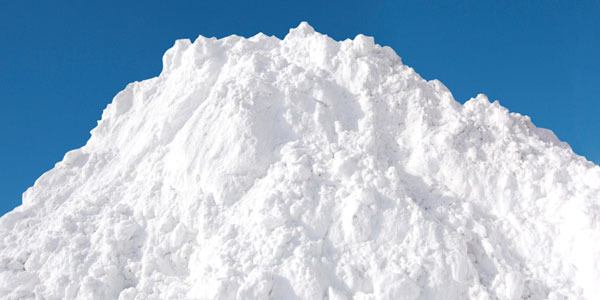November ushered in the beginning of the snow season. Hoorah! After a drought-filled summer, seeing snow on the magnificent Olympic Mountains is one beautiful sight. Rain also is welcome, but it is the snow — and more specifically, the snowpack — that we are waiting for.
What is snowpack and why is it so important? How would you explain it to a sixth-grade class?
Here’s what I would say. We all know what snow is. It’s the lovely white stuff that falls from the sky, accumulating in layers, forming a snowpack. All of us — people, fish and wildlife — want and need a significant amount of this snow to land on and stick to the Olympic Mountains.
In the spring it slowly melts, providing essential water to fill the streams and rivers, which in turn provide water for irrigators, fish and wildlife.
How do we know how much snowpack we have? Science is our answer. In the western United States, the U.S. Department of Agriculture’s Natural Resources Conservation Service has stations that use a laser system to measure snow and then transmit the data wirelessly to central data collecting stations. The measuring or monitoring stations are called SNOTELs from the terms “SNOpack TELemetry.” What they are measuring is the amount of water contained in the snow. It isn’t just the depth that matters; it’s the amount of water produced by melting a given amount of snow that is important.
Why do we need to know this? So water managers know how much water to expect with the spring snowmelt and to plan accordingly.
During the past winter, the Olympic snowpack was 3 percent of average. How did this compare with other western states? California’s Lake Tahoe region in the Sierra Nevada range had the worst snowpack at 2 percent of average.
Thus, we had the second worst snowpack in the West.
What can we expect this winter? Most weathermen/women are predicting a warmer winter. This means that the precipitation that falls will more likely be in the form of rain, not snow. But we’ll see. This year Mother Nature has been unpredictable all over the world. For sure, global warming is changing weather patterns and temperatures everywhere. There is also the El Niño effect that may make these predictions come true. One thing we do need to be thinking about though is that for whatever rain and snow we get, we’ll soon want or need to have a reservoir to contain it.
To learn more about snowpacks and the science involved, Google “Olympic snowpack” and “SNOTEL” to begin your research. From there you’ll find tons of interesting information.
We all hope that this winter there will be the “snowpack of all snowpacks.” Snow on the Olympics is a thing of beauty, but it’s also critical to life here in Sequim and our fish and wildlife friends in the mountains. Let it snow!
Jane Iddings is a retired attorney/mediator, social policy analyst, university teacher, newspaper columnist and world traveler. E-mail her at jane.iddings@gmail.com.



